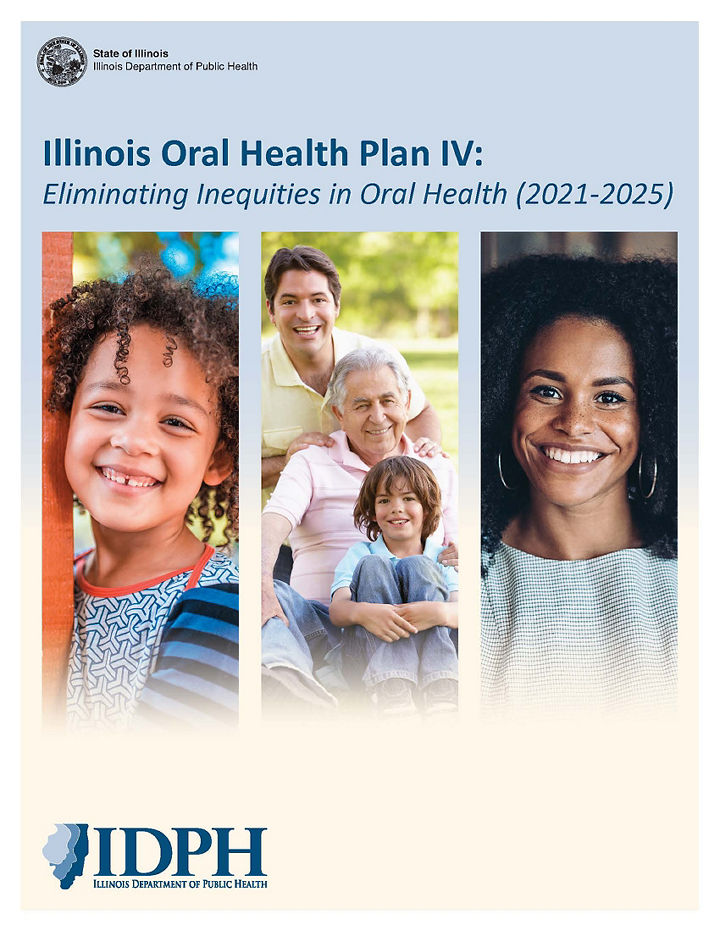Illinois Oral Health Plan IV: Eliminating Inequities in Oral Health (2021-2025)
Oral health is essential to overall well-being, going beyond fresh breath and a bright smile. It can reduce the risk of serious health issues like diabetes, heart disease, and pregnancy complications. Despite this, many people—including medical professionals—often overlook the link between oral and general health. As a result, good oral habits are often neglected, and access to proper care is limited, leading to untreated oral health problems that burden individuals and the healthcare system.
This issue gained attention in 2000 with the U.S. Surgeon General’s report, Oral Health in America. The report highlighted a "silent epidemic" of dental diseases and linked oral infections to conditions like diabetes, osteoporosis, and heart and lung diseases. Its key message was that oral health is vital to overall health and can be improved by overcoming existing barriers. The report called for a national oral health plan to enhance quality of life and eliminate disparities.
Illinois responded by developing one of the first state oral health plans, using the Surgeon General’s report as a catalyst.
The Illinois Department of Public Health (IDPH) released the Illinois Oral Health Plan IV (2021–2025) to address oral health inequities. The plan was shaped by input from stakeholders across the state, and ongoing feedback is used to ensure its relevance and alignment with organizational goals. An evaluation survey was also conducted to guide future improvements.


